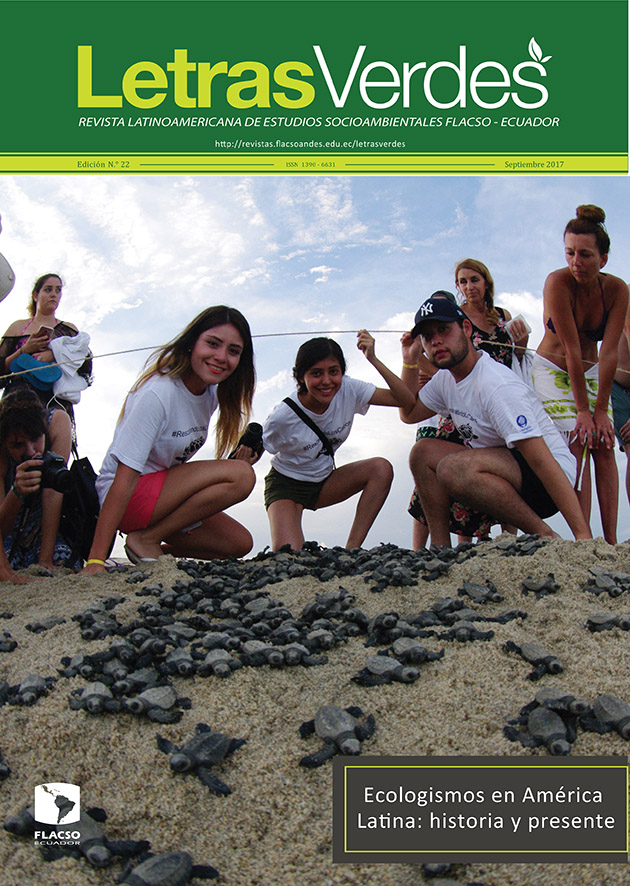Conflicts in the Ramsar Sites of Argentina: contributions to the political ecology of wetlands
Main Article Content
Abstract
In this paper we aim to present some contributions for a political ecology of wetlands in Argentina. According to the Ministry of Environment and Sustainable Development of Argentina, 23% of the country's surface is occupied by wetlands. Beyond the number and area they cover, the country's wetlands have great biological and climatic diversity because they are located in different regions. Interest in this type of geographical space grew both within the scientific community and on the global public and political agenda. The international valuation of these ecosystems is based on 1971 when the International Convention on Wetlands, known as the “Ramsar Convention”, was signed. For this, we set the objective of locating and describing social conflicts in the Argentinean wetlands recognized as Ramsar Sites. For this, we consulted secondary sources, tracking those conflicts that have had presence in the local or national media. We after mapped them to finally establish the characteristics of each of the country's wetlands. In the conclusions, we problematize this conflictuality returning some reflections of a general nature.
Downloads
Article Details
Letras Verdes, Revista Latinoamericana de Estudios Socioambientales, operates under Creative Commons Attribution-No Derivative Work 3.0 unported (CC BY-ND 3.0).
The authors who publish in Letras Verdes accept these terms:
You are free to share / copy and redistribute the material in any medium or format for any purpose, including commercial. Therefore, authors retain the copyright and cede to the journal the right of the first publication (CC by-ND 3.0), which allows third parties the redistribution, commercial or noncommercial, of what is published as long as the article circulates without changes.
The following conditions exist for the authors:
Recognition - you must recognize the authorship, provide a link to the license and indicate whether changes have been made. You can do this in any way reasonable, but not in a way that suggest that has the support of the licensor or receives it by the use he makes.
Without Derivative Work – If you remixed, transform or create a work from the original material, you cannot broadcast the modified material.
For more details, visit the page of Creative Commons (CC).






